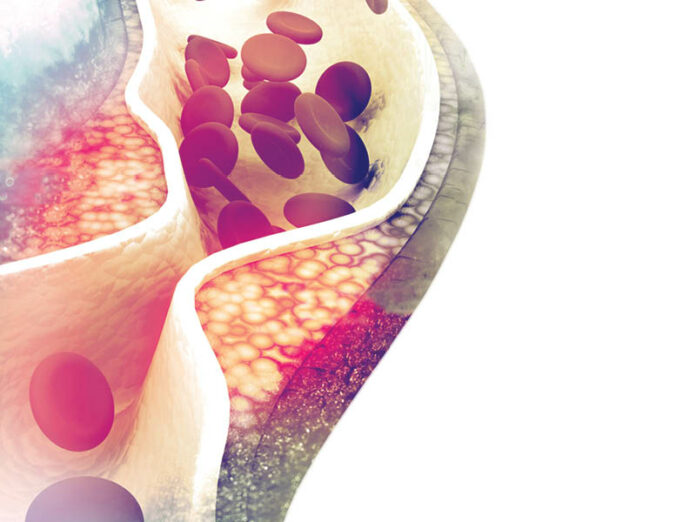
Just because you are fit, does not mean you are immune to heart attacks. Heart disease is one of the major killers in Canada and a large number of heart attacks occur with not much warning at all.
Consider that your arteries are muscles, not pipes. If they were pipes, we could find lesions, obstructions or blockages and clean them out. Cholesterol does not accumulate on artery walls like the scud in our kitchen sink pipes. The build-up of plaque — atherosclerosis — is a process.
Most heart attacks and strokes occur in people with normal cholesterol, according to the Journal of the American Heart Association.
You may have heard the terms good and bad cholesterol, but not all good cholesterol is good and not all bad cholesterol is bad. Cholesterol comes in different sizes, small and large. I like to refer to them as golf balls and tennis balls. Imagine that the artery is protected by a tennis net (called endothelial cells). Well, the tennis balls (larger particles) will not pass through the tennis net but the golf balls (smaller particles) will. This is why many people who have heart disease and normal cholesterol have a greater amount of smaller particles.
Plaque Building
The plaque building (atherosclerotic) process is quite complex but it can be summarized in four stages:
- The endothelial cells get injured.
- Small LDL particles of cholesterol pass through the endothelial cells and get oxidized (broken down).
- White blood cells come into the injured area and eat up the oxidized LDL cholesterol.
- They then release a foam cell, which is the plaque.
Most heart attacks and strokes occur with blockages that are less than 50 per cent, according to the journal Circulation Research. This atherosclerotic process can build in the arteries, just like a pimple before it erupts. If this happens in our arteries, it can go from a small blockage to a large blockage very quickly.
There is a difference between a heart attack and angina. Angina is a warning sign that the heart is not getting enough oxygen. Your heart is informing you that it requires more oxygen. A heart attack is a sudden blockage, where it restricts oxygen to the heart muscle and the heart muscle is dying. Both show the same signs and it is important to recognize the symptoms of angina or a heart attack. Yes, the classic sign is chest pain; it can also be shortness of breath, shoulder, neck or jaw pain. It can also be indigestion or fatigue.
There are several things you can do to determine your heart attack risk and there are strategies to prevent them. Going to your family doctor is a start — checking your blood pressure, diabetes and cholesterol risk. A family doctor may send you to a cardiologist, who can perform an exercise stress test. But that will only show advanced stages of disease. You can have artery disease and still get a clean bill of health.
Inflammation
Systemic inflammation is an important marker for heart disease. There are a couple of things you can check without going to your doctor:
- Floss your teeth. If your gums bleed, that is a sign of systemic inflammation.
- Sexual dysfunction or fatigue can be a symptom of artery disease. The arteries going to your sexual organs are a lot smaller than those going to your heart.
Reducing Your Risk
More advanced tests and screening include:
- Carotid Artery Screening to look at the artery thickness and health. The presence of plaques is not normal.
- Protein Unstable Lesion Signature (PULS) Cardiac Test. This test looks at the health of the artery wall. This is a blood test that looks for protein markers that show unstable lesions. Lesions are cuts or blockages.
- Endothelial Function Assessment looks at the reactivity of the arteries because your arteries are muscles, not pipes.
- Particle Size Cholesterol Testing: This test looks for those golf balls and tennis balls. It breaks down cholesterol even further.
It’s important to focus on all your risk factors to heart disease, such as having high blood pressure, being overweight (belly fat), being stressed and nutrient deficient. Exercising and keeping fit is very important, but it’s essential to understand your risk factors to help prevent heart attacks.















